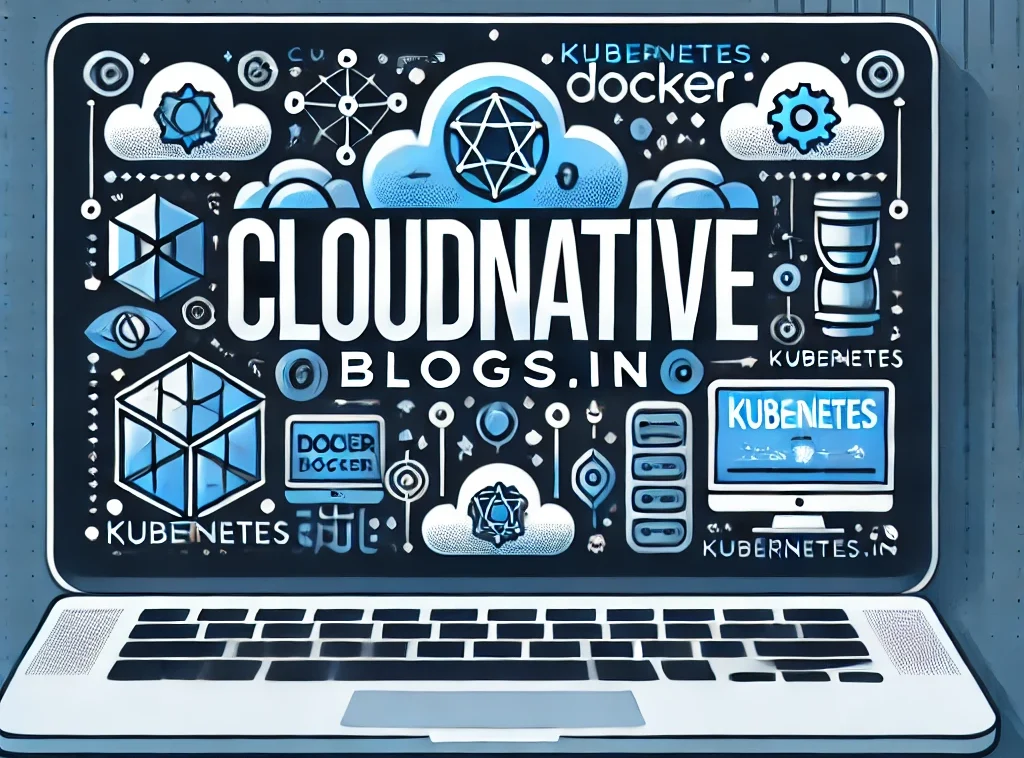
The Evolution of Multi-Core Processors
In the realm of computing, the shift from single-core to multi-core processors marked a significant evolution in hardware design. Traditionally, performance improvements were primarily achieved through increases in clock speed. However, as physical and thermal limitations became apparent with higher clock speeds, the industry shifted towards multi-core architectures to continue performance enhancements without escalating power consumption and heat.
Multi-core processors consist of two or more independent cores that can run processes simultaneously. This architecture not only enhances the ability to perform multiple tasks concurrently but also improves the efficiency and speed of applications that are designed to take advantage of parallel processing.
Why Some Applications Fail to Utilize Multiple Cores
Despite the availability of multi-core technology, not all software applications leverage these capabilities. This underutilization can be traced back to several factors:
- Legacy Software Constraints:
- Many existing applications were designed and developed during the era of single-core processors. These applications are often structured around a sequential processing model, which does not distribute tasks across multiple cores without significant modifications.
- Complexity of Parallel Programming:
- Writing software that effectively runs in a parallelized manner is inherently more complex than sequential programming. Developers must consider issues such as data splitting, synchronization, and the avoidance of concurrency-related bugs like deadlocks and race conditions.
- Lack of Expertise:
- There is a steep learning curve associated with parallel programming. Many software developers may not have the necessary skills or experience to refactor existing codebases to exploit multi-core architectures effectively.
- Costs of Refactoring:
- Redesigning an application to function on multiple cores requires not just expertise but also time and financial resources. For many businesses, the immediate benefits may not justify the upfront investment, particularly if their software already meets their current performance needs without parallelization.
- Inherent Application Characteristics:
- Some applications perform tasks that are intrinsically sequential, where each step depends on the output of the previous one. Such tasks do not lend themselves to parallel processing. Examples include certain types of data processing algorithms or applications that require maintaining a specific order of operations.
The Consequences of Underutilization
The failure to utilize multi-core capabilities can have multiple repercussions:
- Performance Bottlenecks:
- Applications that do not parallelize their processes might fail to utilize available processing power, leading to slower performance especially noticeable in environments where large volumes of data need to be processed or tasks need to be executed concurrently.
- Increased Operational Costs:
- By not maximizing the potential of the hardware, organizations may incur higher operational costs. For instance, more machines might be required to handle workloads that a smaller number of multi-core optimized machines could manage.
- Energy Inefficiency:
- Single-threaded applications can cause multi-core systems to use more power relative to the amount of work being done. Efficient use of multiple cores can reduce energy consumption by distributing the workload more effectively across the available hardware.
